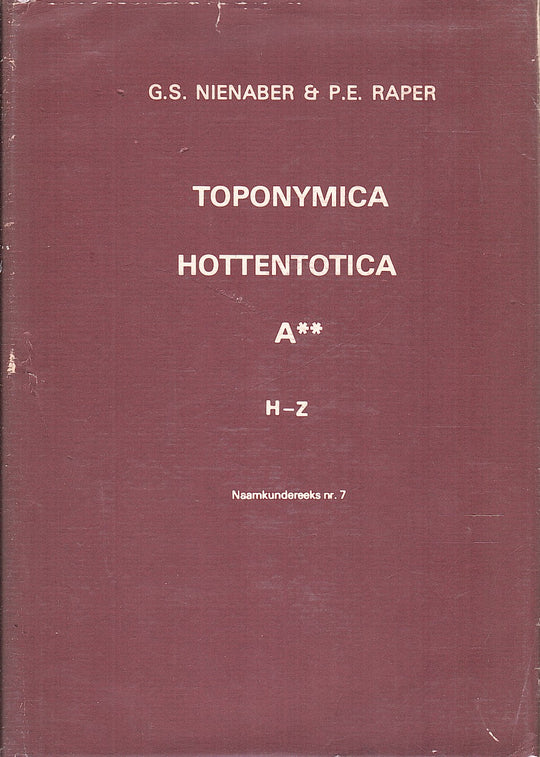Toelykamma
On p. 96-7 Check Mossop more detailed on a statement that looks topographically (white clay soil). But we have no reason why Wikar's translation, up to twice, can not be accepted. And it's not mud, white or dirty water. Conceded that the - rarely found in Old Cape in the word corpus, conceded that in the current word inventory no identification of grant with a word means 'scar' can be readily made, then allowance in the Nama of Wikar's time does not leave in terms of today's Nama summer. Wikar has always been right in its calculations, as we at O.A. Platteklip saw when Mossop-Vedder (see the connection on p. 12) Wail wanted to 'improve'. In his discussion of Mossop's edition of Wikar's travel story (Bantu Studies 70/13), Prof. Maingard 1936 for admission to Nama ǀ Gore- = 'AN INCISION'. Dr HD Anders 1937 inquire and explain in the March number of Bantu Studies 11 52 Footnote that Maingard probably looked with Gore. We have no new linguistic point of view to add. Dr Mossop could not exactly localize this admission failure except that it was clear that it was near the Augrabies (accordingly our grade square), it does not occur at Gordon (and others). The -kamma is undoubtedly like Old-Cape Kamma, Nama ǀǀ gami = water, also Wikar's translation. 'Scar' or 'scarf fountain'. We must keep in mind that Wikar Nama knew sufficiently to help him and to distinguish dialects, as claimed by R Elphick 1972 The Cape Khoi.




